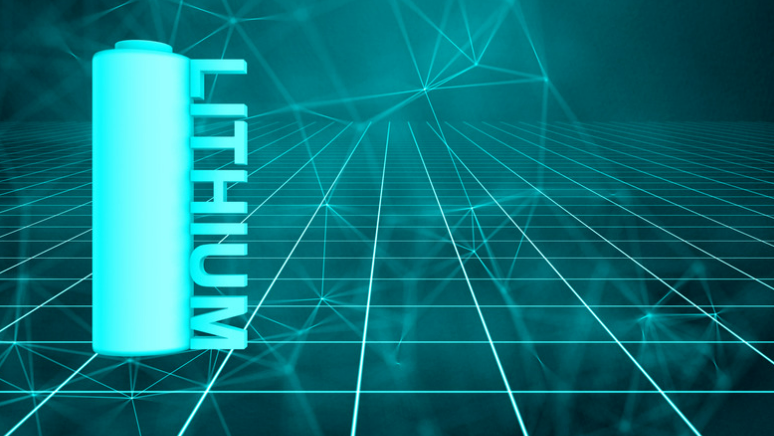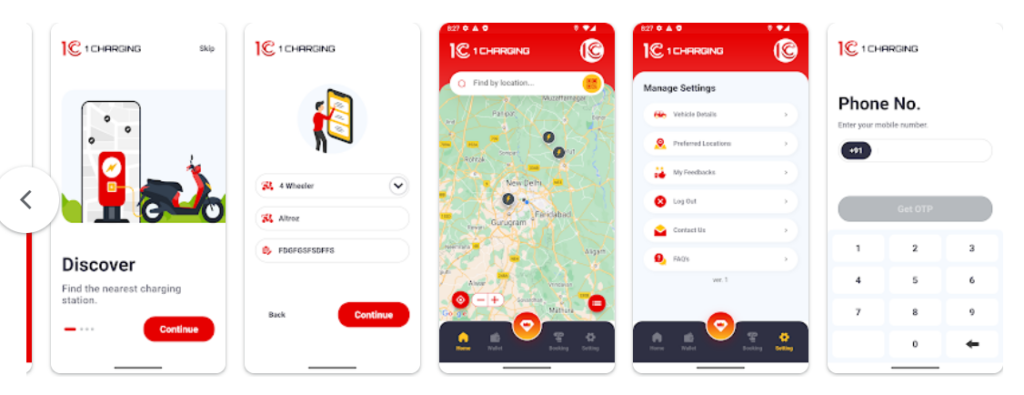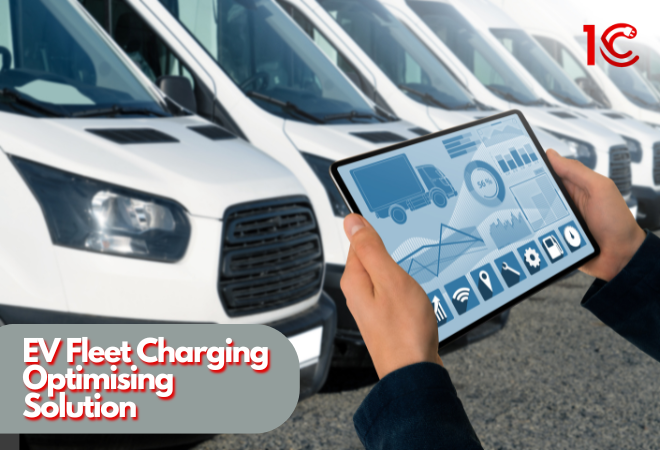
Lithium-Ion Battery: Everything You Need To Know
Electric vehicle batteries are crucial parts of an electric car. They act as the car’s “heart,” providing and storing the electrical energy needed to run the vehicle. For these batteries to work well, they must have high voltage and be able to store lots of energy. They also need to be eco-friendly, with low or no emissions, and recyclable to avoid adding to electronic waste. Currently, lithium-ion EV batteries meet these requirements. This article will explain how these batteries function, how they are made, and how they can be recycled.
What is Lithium-Ion Battery?
Lithium-ion batteries are an advanced type of battery technology widely recognized for their presence in smartphones, laptops, and various electronic devices. They have been further developed for electric vehicles due to their unique characteristics. These batteries derive their name from the lithium ions within their components. The electrochemical reaction of these lithium ions generates electricity, powering the EV.
How do Lithium-Ion EV Batteries Work?

Lithium-ion batteries function through a series of chemical reactions involving four main components: the cathode, anode, separator, and electrolyte.
Cathode and Anode: Inside the battery, the cathode (positive electrode) and anode (negative electrode) are separated by a micro-permeable separator. Both electrodes contain lithium ions, with the cathode typically having a higher concentration when the battery is idle.
Electrolyte: The electrodes are immersed in an electrolyte solution, which serves as the medium for lithium ion flow.
Discharging (Driving): When the electric vehicle is turned on, the battery enters a state of discharging. During discharging, a chemical reaction occurs, causing lithium ions to flow from the cathode to the anode through the electrolyte and separator. This flow generates electrical energy that powers the vehicle.
Charging (Plugged In): Conversely, when the vehicle is turned off and the battery is plugged into an electrical outlet, it enters a state of charging. In this state, the chemical reaction reverses, with lithium ions now flowing from the anode to the cathode. The electrical energy from the outlet is used to facilitate this reverse flow, storing energy in the cathode for later use.
Regenerative Braking: During braking or deceleration, a process known as regenerative braking occurs. Excess kinetic energy produced by the vehicle is converted into electrical energy, causing lithium ions to flow from the anode to the cathode, further storing energy in the battery.
Planning to set up a Charging station?
Connect with 1C for expert advice on EV chargers
Are Lithium-ion EV Batteries Sustainable?
Yes, lithium-ion EV batteries are considered sustainable for several reasons:
Long Lifespan: Lithium-ion batteries used in electric vehicles can last between 10 to 20 years with proper care, reducing the need for frequent replacements and minimizing waste.
Recyclability: Many components of lithium-ion batteries, including lithium, cobalt, nickel, and aluminum, can be recycled. Recycling these materials helps reduce reliance on new resources and minimizes environmental impact.
Reduced Emissions: Electric vehicles powered by lithium-ion batteries produce fewer emissions compared to traditional gasoline-powered vehicles, contributing to improved air quality and reduced greenhouse gas emissions.
Efficient Energy Storage: Lithium-ion batteries are known for their high energy density, meaning they can store a significant amount of energy in a relatively small and lightweight package. This efficiency makes electric vehicles more practical and reduces overall energy consumption.
Support for Renewable Energy: Electric vehicles can be charged using renewable energy sources such as solar or wind power, further reducing their environmental footprint and promoting sustainable energy usage.

Download our 1C EV Charging Station Locator App Today!
One Stop Solution is to find a verified charging station nearby.

Manufacturing of Lithium-Ion Batteries
Manufacturing lithium-ion EV batteries involves a meticulous process aimed at achieving high voltage, storage capacity, and safety standards.
Cell Assembly: The process begins with assembling individual cells, where the anode and cathode are separated by a separator and submerged in an electrolyte solution. This assembly is then enclosed in a metal casing. Rigorous tests are conducted to detect any leaks in the electrolyte and ensure moisture prevention within the cell.
Module Construction: Next, the cells are grouped into modules, each housed within a sturdy metal casing to safeguard against external impacts.
Battery Pack Integration: Finally, the modules are integrated into a large battery pack, which is then installed in the electric vehicle. This pack is designed to accommodate numerous modules and ensure optimal performance.
For example, the Tesla Model S Plaid features a battery pack comprising 7,920 lithium-ion cylindrical cells of the 1865 type. These cells are organized into five modules, with each module containing 1,584 cells. This configuration results in a total battery capacity of 99 kWh, providing ample power for the vehicle’s operation.
Planning to set up a Charging station?
Connect with 1C for expert advice on EV chargers
Life of Lithium-Ion Battery
The lifespan of lithium-ion EV batteries is a significant factor in their suitability for electric vehicles. Typically, these batteries are designed to last between 10 to 20 years, given proper usage and maintenance. Similar to lithium-ion batteries in electronic devices, it’s advisable to avoid extreme charging cycles, such as fully depleting the battery to 0% or charging it to 100% frequently. Instead, maintaining the battery’s state of charge (SOC) within the range of 20% to 80% can help prolong its lifespan. This approach helps mitigate stress on the battery cells, ensuring optimal performance and longevity over time.
Are Lithium-Ion Batteries Recyclable?

Yes, lithium-ion batteries are recyclable. Various components of these batteries, such as lithium, cobalt, nickel, and aluminum, can be recycled. Recycling helps to recover valuable materials, reduce waste, and minimize environmental impact. Recycling programs for lithium-ion batteries are becoming increasingly common as the demand for electric vehicles grows, contributing to resource conservation and sustainability efforts.






